#KASHMIRI
Explore tagged Tumblr posts
Text
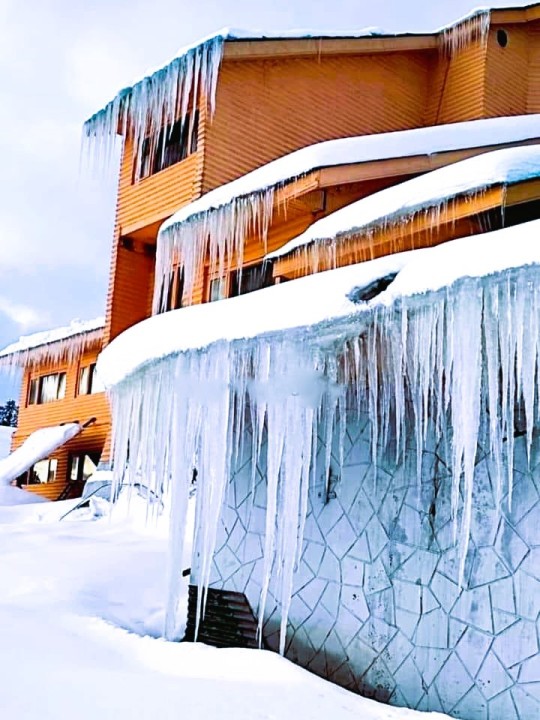
Gulmarg, Kashmiri,India: Gulmarg, known as Gulmarag in Kashmiri, is a town, hill station, popular tourist destination, popular skiing destination and a notified area committee in the Baramulla district in the Indian union territory of Jammu and Kashmir. It is located at a distance of 31 km from Baramulla and 49 km from Srinagar. Wikipedia
124 notes
·
View notes
Text
For queer people worlwide
If you speak any of the languages listed below you would greatly help me out if you could teach me LGBT+ vocabulary, either through DMs or just in the replies/reblogs. I'm building a global LGBT+ dictionary but some languages are just harder to access in my side of the world.
The languages are the following (in no particular order):
Kashmiri
Caribbean Hindustani
Selk'nam
Ossetian
Bolze
Erromintxela
Petu/petuh
Huilliche
Hmong
#Huilliche#Kashmiri#Caribbean hindustani#selk'nam#selknam#hmong#erromintxela#petuh#ossetian#langblr#polyglot#language#languages#idiomas#LGBT#LGBT+#LGBTQ#LGBTQI#LGBTI#LGBTA#LGBTQIA#LGBTQIA2S#Queer#LGBTTT#lgbtq community
48 notes
·
View notes
Text

Taghaful theek hai, ranjish baja lekin mohtaram!
Dil itna na dukhayen ki baat khuda tak ja puhanche.
113 notes
·
View notes
Text
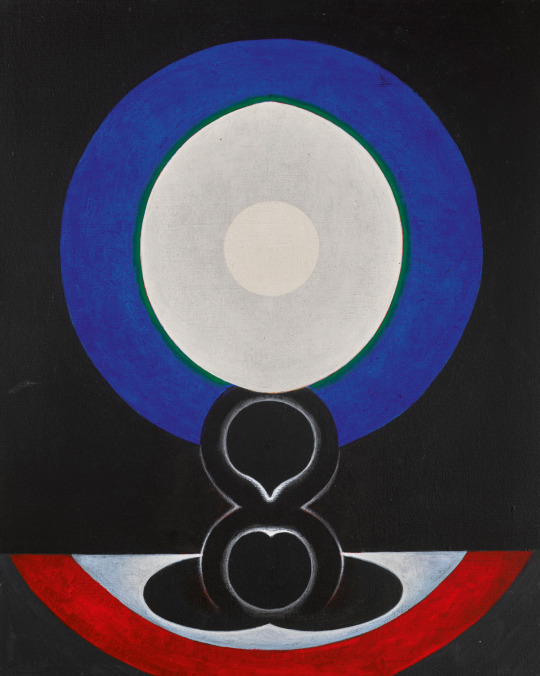
Untitled, Gulam Rasool Santosh, 1977
Oil on canvas 46.8 x 38.2 cm (18 ⅜ x 15 in.)
#art#painting#gulam rasool santosh#contemporary art#asian art#1970s#20th century art#20th century#oil#indian#kashmiri#kashmir shaivism#tantric#tantric art#south asian art
49 notes
·
View notes
Text
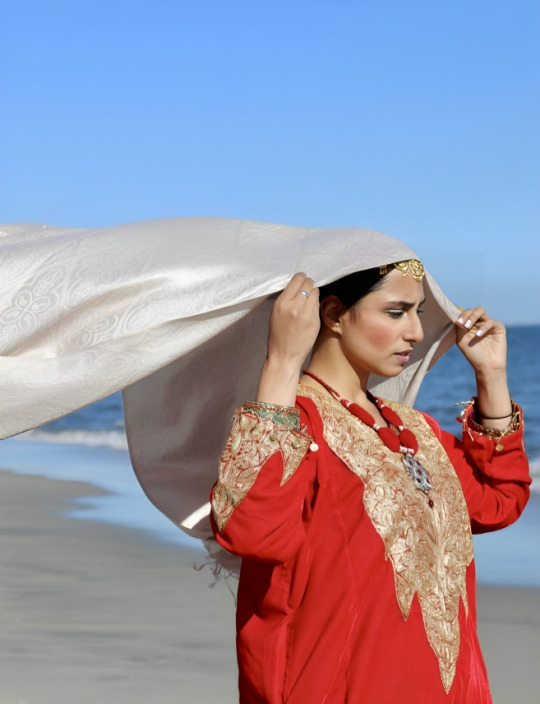
Kashmiri woman, from Kashmir, by Iqra Ahmed of Tul Palav
#kashmiri#kashmir#asia#south asia#traditional clothing#traditional fashion#cultural clothing#folk clothing
195 notes
·
View notes
Text

Arsalan Khan
24 notes
·
View notes
Text




Absolutely gorgeous traditional Kashmiri Women
#kashmir#ai generated#ai photography#leonardo ai#large bust#lovely breasts#long hair#portrait#woman#beautiful#gorgeous#so pretty#kashmiri
10 notes
·
View notes
Text

Vegan lal chaman / लाल चमन (Kashmiri paneer dish)
Lal chaman, or lal paneer (लाल पनीर), is a dish consisting of shallow-fried cheese (paneer) in a water-based gravy thickened with ground fennel. It gets its name from the Hindi "lal," meaning "red." Some recipes achieve the dish's typical bright red color with the help of tomatoes, but this is a modern variation—for traditionalists, the dish should get all of its color from ground Kashmiri chilis. Lal chaman shares several common features with other Kashmiri dishes: the cooking oil used is mustard oil; due to influence from the Kashmiri Pandit community, it does not include garlic or onions; because fresh ginger was historically unavailable in Kashmir, it uses ground ginger.
This vegan recipe uses a glazed tofu to produce a chewy, cheesy paneer. The combination of chili, fennel, black cardamom, clove, and ginger produces a robust, earthy, mildly spicy base for the tangy 'cheese.'
Recipe under the cut!
Patreon | Tip jar
Ingredients:
For the paneer:
1 10-14oz block firm tofu
1 Tbsp apple cider vinegar
1 Tbsp white miso paste
½ tsp salt
Mustard oil, or other neutral oil, to fry
For the dish:
3 Tbsp mustard oil
2 Indian bay leaves (tej patta)
1 black cardamom pod (badi elaichi / moti elaichi)
3 cloves (loung)
2 1/2 tsp very finely ground fennel (saunf)
1 tsp ground ginger (sund)
1-2 Tbsp Kashmiri red chili powder (lal mirch)
Salt to taste
Pinch asafoetida (hing)
2” piece (3g) Ceylon cinnamon (dalchini)
1 1/2 cup (350mL) water
Essential to this dish are Kashmiri chili powder, fennel, and ginger, with clove and black cardamom also being near-ubiquitous. Other frequent inclusions are hing, bay leaf, cinnamon, coriander, green cardamom, and garam masala, as well as tomato puree and even yoghurt.
Kasmiri red chili powder is relatively mild in heat but vibrant in color; it can be found in a halal or Asian foods store, labelled “Kashmiri chilli powder” or “mirchi.” You can also remove the stems and seeds of dried Kashmiri chilis and grind them into a powder yourself. Made with 1 Tbsp chili powder, the dish is to my taste very mild; however, if you don't tolerate spice well you may replace some of the chili powder with paprika. If you can't find Kashmiri chili powder, replace it with 1 part ground guajillo or cayenne to 3 parts sweet or smoked paprika.

Indian bay leaves are distinct from Turkish or California laurel bay leaves and have a different taste and fragrance. They will be labelled “tej patta” in an Asian or halaal grocery store, and have three vertical lines running along them from root to tip, rather than radiating out diagonally from a central vein. Omit these if you don’t have any.
When testing this recipe, I found that the fennel had to be very finely ground for it to have the necessary thickening quality for this dish. If you’re grinding fennel from seeds, be sure to be very thorough.

Note that asafoetida may not be gluten free, depending on whether it is cut with flour.
Instructions:
1. Cut tofu into pieces 2" x 2" x 1/2" (5cm x 5cm x 1cm) in size. Whisk vinegar and miso paste together in a large bowl until well combined, then add tofu pieces and mix gently to coat.
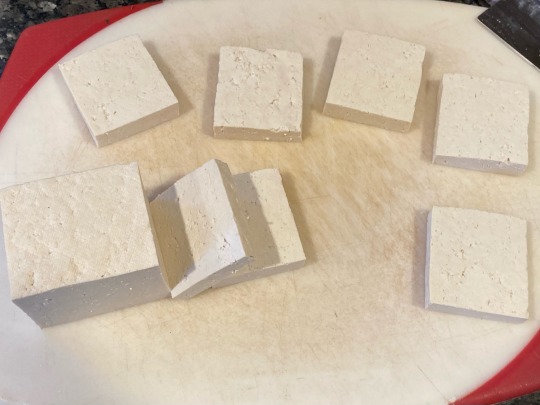
2. Heat 1/4" (1/2cm) mustard oil in a large pan on medium. Add tofu and fry, turning once, until deep golden brown on all sides.

Typically paneer would be kept in water to avoid drying out at this stage, and paneer soaking water would be added later in the cooking process. I haven’t found this necessary or helpful with tofu.
3. Remove most of the oil from the pan, leaving 3 Tbsp to 1/4 cup. Add hing and allow to sizzle briefly. Add whole spices (black cardamom, cinnamon, bay leaf, cloves) and fry for a minute until fragrant.
4. Mix mirchi with a couple tablespoons of water. Reduce heat to low and add mirchi paste; fry for 30 seconds until fragrant. Add ground fennel and ginger and stir until well-combined; the mixture should begin to thicken. Continue frying until the water has evaporated out and colored oil begins to sizzle around the sides of the mixture.
5. Add 1 1/2 cup (350mL) water and salt to taste and raise heat to bring to a boil. Reduce heat and simmer for 10 minutes, uncovered, until thickened (a spatula pushed along the bottom of the pan should make a track that holds for several seconds). Add paneer and optionally simmer for another couple of minutes. Serve with rice.
The dish will look duller at first; the bright red colour appears when it is allowed to rest and a layer of red oil rises to the surface.
#vegan cooking#vegan recipes#recipes#Indian#Kashmiri#tofu#miso paste#Kashmiri chili powder#gluten free
61 notes
·
View notes
Note
What language do Kashmiri people usually speak? Is it like Urdu or something else?
kashmir has a variety of languages tbh so it depends where u go. for example, my family in azad kashmir speaks potohari but in another region they might speak something else.
i truly wish i could understand kashmiri like it's spoken in Srinagar but :(( i cannot. my family from there migrated over 200 yrs ago to Punjab so we haven't kept in touch language wise
4 notes
·
View notes
Text
He was a
She was a
5 notes
·
View notes
Text
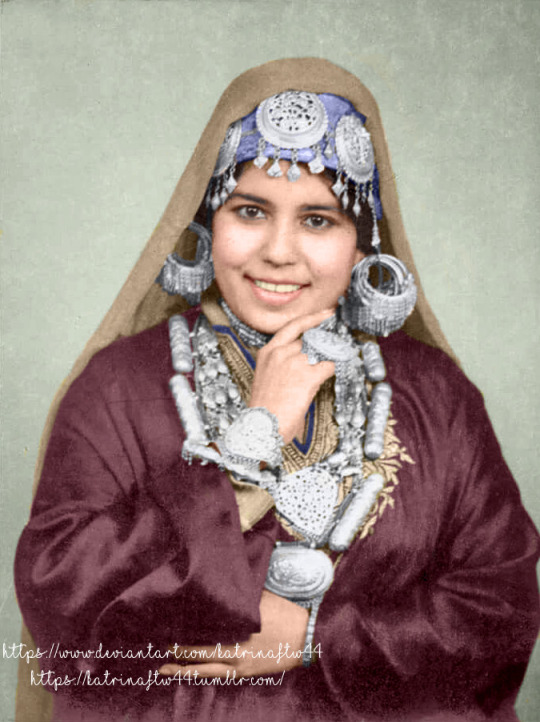

Colourization I did today of a Kashmiri woman. I have very little detail on the original b+w as it's from Pinterest.
I haven't done a colourization in months but I had no wifi this morning so I did a colourization because I couldn't do much else.
#colorization#colorized#india#pakistan#kashmir#jammu and kashmir#kashmiri#history#muslim#hijab#hijabi#culture
2 notes
·
View notes
Text

Likhna ki aurat badkirdar thi, jism bechti thi...
Likhna ki mard parsa tha, uske paas jata tha.
48 notes
·
View notes
Text

Kashmiri pink tea often comes with a nutty garnish / Photograph Madiha Ali x Getty Images.
9 notes
·
View notes
Text

Ekamukhalinga (Shiva linga with one face)
Jammu and Kashmir or Afghanistan, marble, Shahi period, 9th century
The linga is the abstract form of the Hindu God Shiva. It expresses his absolute creative power. It also symbolizes Mount Meru, home of the gods, and the cosmic pillar or axis mundi that penetrates all levels of reality. The single face of Shiva, superimposed on the linga, expresses the primordial oneness, the philosophy of Tad Ekam (That One). This sculpture is a beautiful example of the Kashmiri style with arched eyebrows, elongated eyes, and full cheeks and lips.
#i saw this online before but seeing it in person was crazy because i did NOT expect it to be that big#also there's no glass/case covering it so i could've just reached out and touched something that was made 1200 years ago#but i didn't#shiva linga#kashmir#Afghanistan#kashmiri#marble#shahi#9th century#history#Hinduism#religion#sculpture#mine
16 notes
·
View notes
Text
Some, who have closed their eyes, are wide awake. Some, who look out at the world, are fast asleep. Some who bathe in sacred pools remain dirty. Some are at home in the world but keep their hands clean.
Lal Ded
3 notes
·
View notes
